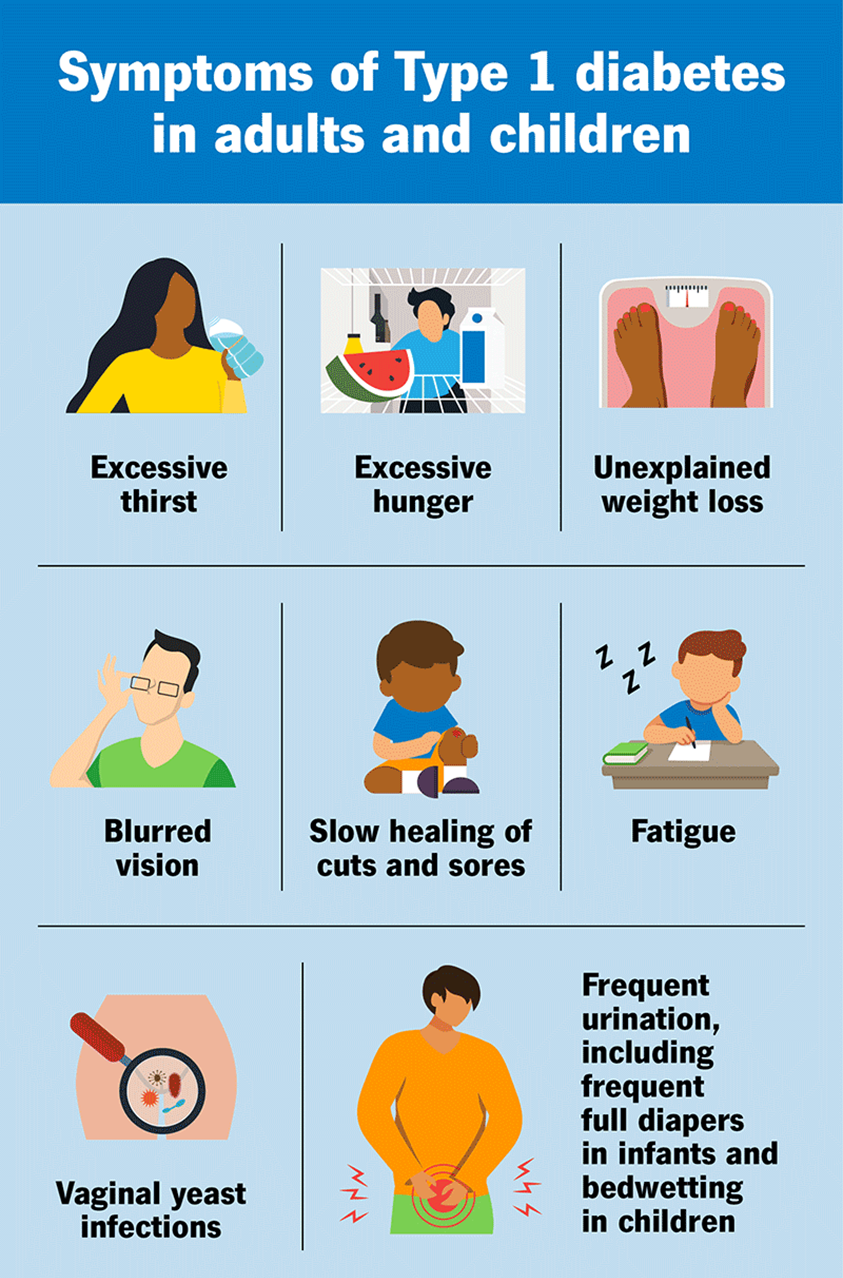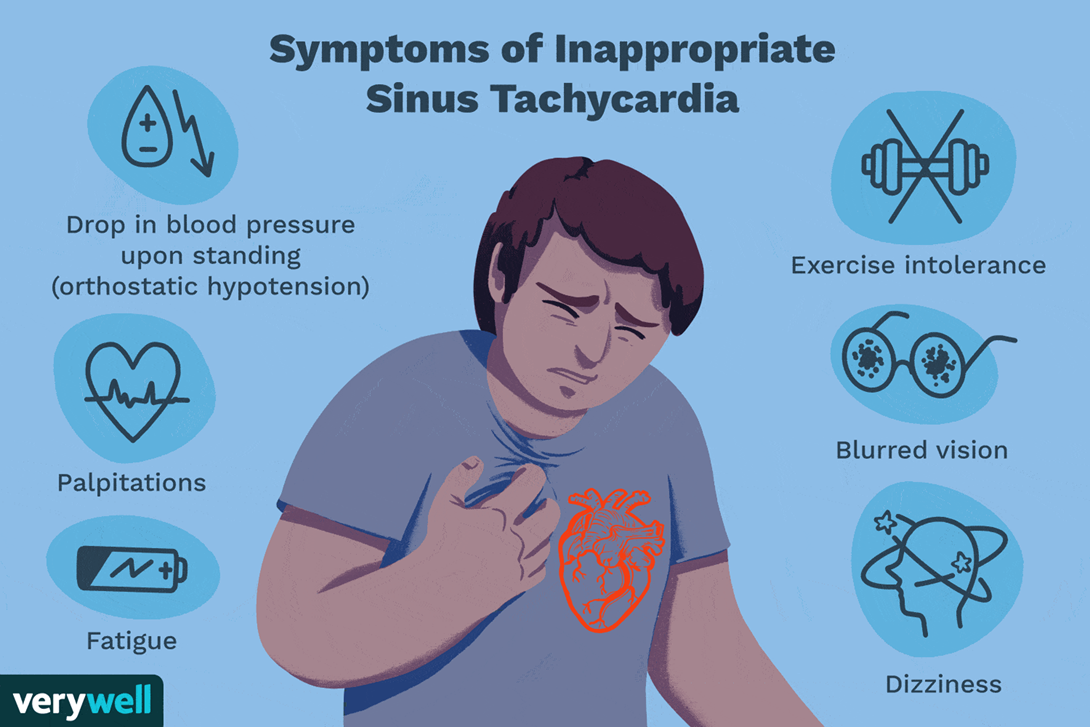A nurse is providing education to a client who has type 1 diabetes mellitus and has been experiencing hypoglycemic episodes. Which of the following statements by the nurse is appropriate?
Keeping supplies on hand to treat hypoglycemic episodes is important.
Increasing exercise can help with hypoglycemia.
Clients with hypoglycemia cannot participate in religious/cultural fasting.
Clients will usually have obvious manifestations of hypoglycemia.
The Correct Answer is A
Choice A reason:
Keeping supplies on hand to treat hypoglycemic episodes is crucial for clients with type 1 diabetes mellitus. Hypoglycemia, or low blood sugar, can occur suddenly and needs immediate treatment to prevent severe complications such as loss of consciousness or seizures. Supplies such as glucose tablets, juice, or candy can quickly raise blood sugar levels. The American Diabetes Association recommends that individuals with diabetes always carry a source of fast-acting carbohydrate to treat hypoglycemia. This proactive approach ensures that clients can manage their condition effectively and reduce the risk of severe hypoglycemic events.
Choice B reason:
Increasing exercise can help with hypoglycemia is not an appropriate statement. While regular exercise is beneficial for managing diabetes overall, it can actually increase the risk of hypoglycemia, especially if not properly managed. Exercise increases insulin sensitivity, which can lower blood glucose levels. Therefore, clients need to monitor their blood sugar levels before, during, and after exercise and adjust their carbohydrate intake or insulin dosage accordingly. Advising increased exercise without proper guidance on managing blood sugar levels can be dangerous for clients with type 1 diabetes.
Choice C reason:
Clients with hypoglycemia cannot participate in religious/cultural fasting is not entirely accurate. While fasting can pose challenges for individuals with diabetes, it is not impossible. Clients can participate in fasting with careful planning and medical supervision. They need to monitor their blood sugar levels more frequently and adjust their medication and food intake accordingly. Healthcare providers can work with clients to develop a plan that allows them to observe their religious or cultural practices safely. Therefore, a blanket statement that clients cannot participate in fasting is not appropriate.
Choice D reason:
Clients will usually have obvious manifestations of hypoglycemia is not always true. Hypoglycemia can present with a variety of symptoms, and not all clients will experience obvious signs. Common symptoms include shakiness, sweating, confusion, and irritability, but some individuals may have hypoglycemia unawareness, where they do not recognize the symptoms until their blood sugar levels are very low. This condition can be particularly dangerous as it increases the risk of severe hypoglycemia. Therefore, it is important for clients to regularly monitor their blood sugar levels rather than relying solely on symptoms.
Nursing Test Bank
Naxlex Comprehensive Predictor Exams
Related Questions
Correct Answer is A
Explanation
Choice A Reason:
Insulin is stable at room temperature (between 59°F and 86°F) for up to one month. This is important for patients to know, especially if they do not have immediate access to refrigeration. However, it is crucial to avoid exposing insulin to extreme temperatures, such as direct sunlight or freezing conditions, as these can degrade the medication’s effectiveness.

Choice B Reason:
While some types of insulin can be mixed in the same syringe, this practice is not universally applicable to all insulin types. For example, rapid-acting and intermediate-acting insulins can sometimes be mixed, but long-acting insulins should not be mixed with other insulins. Therefore, this statement is not entirely accurate and should be clarified based on the specific types of insulin being used.
Choice C Reason:
Storing insulin in the freezer is not recommended as freezing can damage the insulin, rendering it ineffective. Insulin should be stored in a refrigerator at temperatures between 36°F and 46°F. If insulin is accidentally frozen, it should not be used.
Choice D Reason:
While it is advisable for clients with type 1 diabetes to have backup medication and supplies, storing them in a car is not recommended due to the potential for extreme temperature fluctuations. Insulin and other diabetes supplies should be kept in a stable, controlled environment to ensure their efficacy.
Correct Answer is B
Explanation
Choice A reason: Decreased Body Temperature
Decreased body temperature is not typically associated with hyperthyroidism. In fact, hyperthyroidism often causes an increase in body temperature due to the accelerated metabolic rate. Patients with hyperthyroidism may experience heat intolerance and excessive sweating, but not a decrease in body temperature.
Choice B reason: Tachycardia
Tachycardia, or an abnormally fast heart rate, is a common symptom of hyperthyroidism. The elevated levels of thyroid hormones (T4 and T3) increase the body’s metabolism, leading to an increased heart rate. This can result in palpitations and a feeling of a racing heart, which are characteristic signs of hyperthyroidism. Therefore, tachycardia is the most likely vital sign abnormality in this scenario.
Choice C reason: Hypotension
Hypotension, or low blood pressure, is not typically associated with hyperthyroidism. Instead, hyperthyroidism can sometimes cause an increase in blood pressure due to the heightened metabolic activity and increased cardiac output4. Therefore, hypotension is not a characteristic finding in patients with elevated thyroid hormone levels.
Choice D reason: Slow Respiratory Rate
A slow respiratory rate is not commonly seen in hyperthyroidism. The condition usually leads to an increased respiratory rate due to the body’s heightened metabolic demands. Patients with hyperthyroidism may experience shortness of breath and rapid breathing, but not a slow respiratory rate.

Whether you are a student looking to ace your exams or a practicing nurse seeking to enhance your expertise , our nursing education contents will empower you with the confidence and competence to make a difference in the lives of patients and become a respected leader in the healthcare field.
Visit Naxlex, invest in your future and unlock endless possibilities with our unparalleled nursing education contents today
Report Wrong Answer on the Current Question
Do you disagree with the answer? If yes, what is your expected answer? Explain.
Kindly be descriptive with the issue you are facing.
